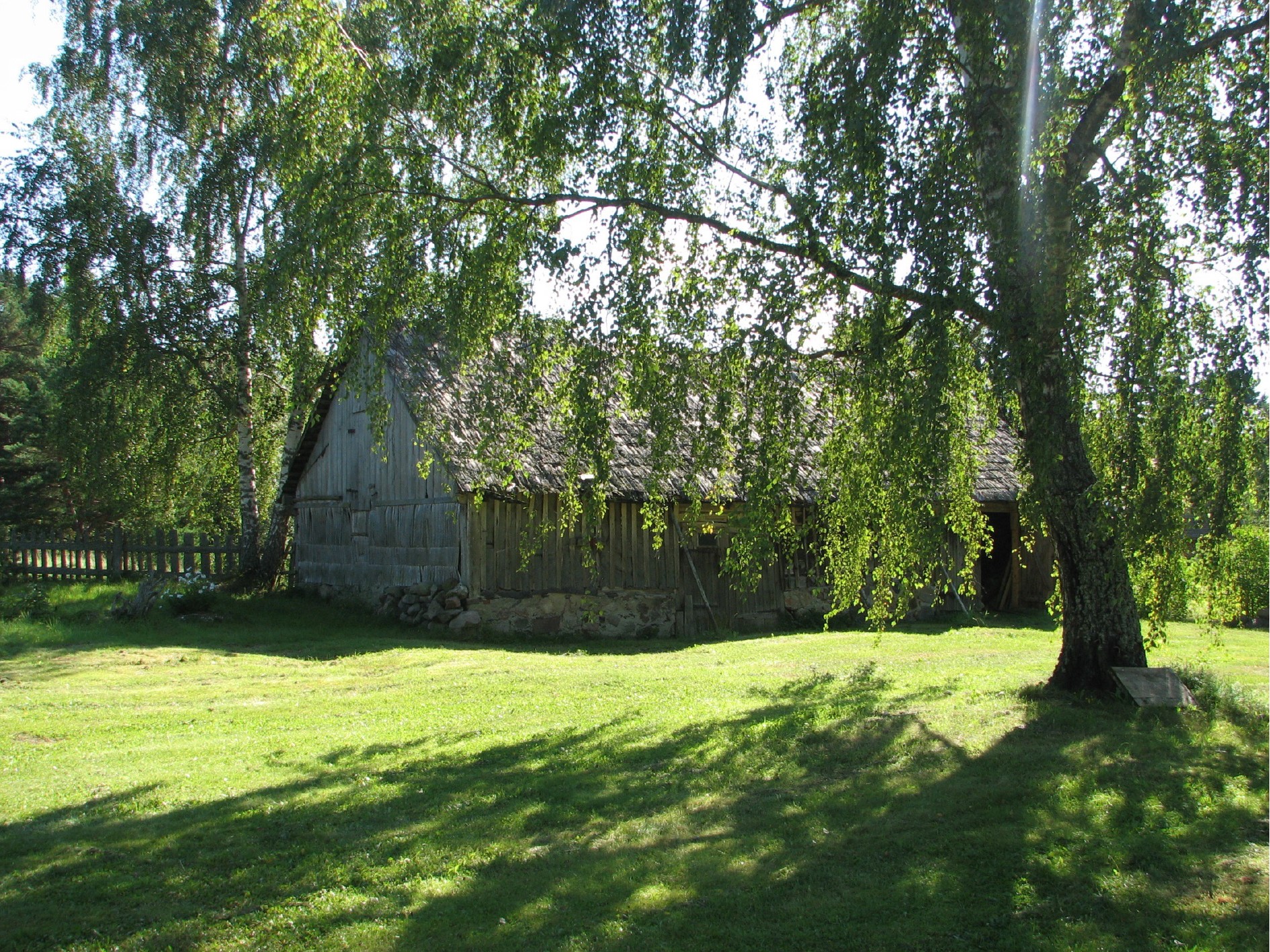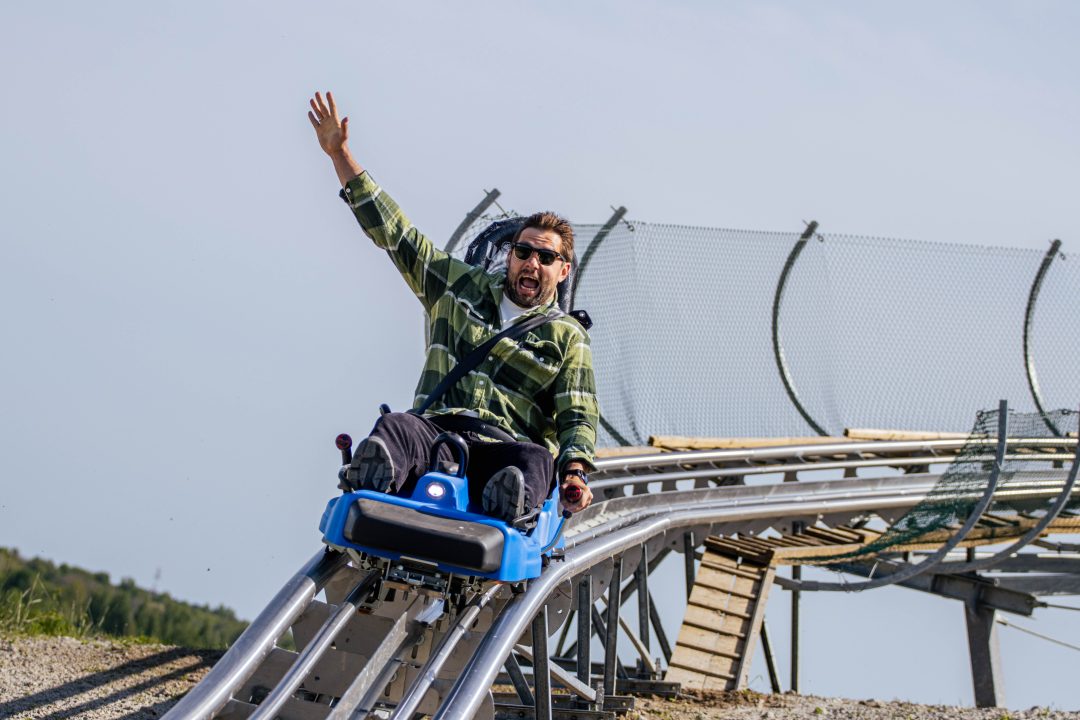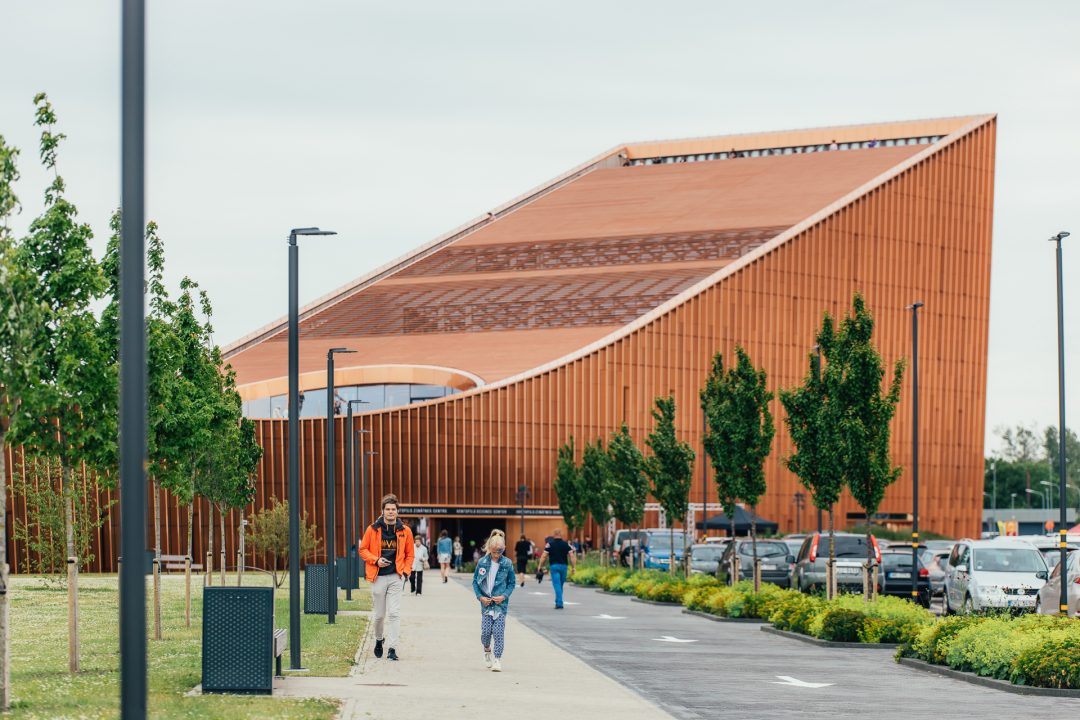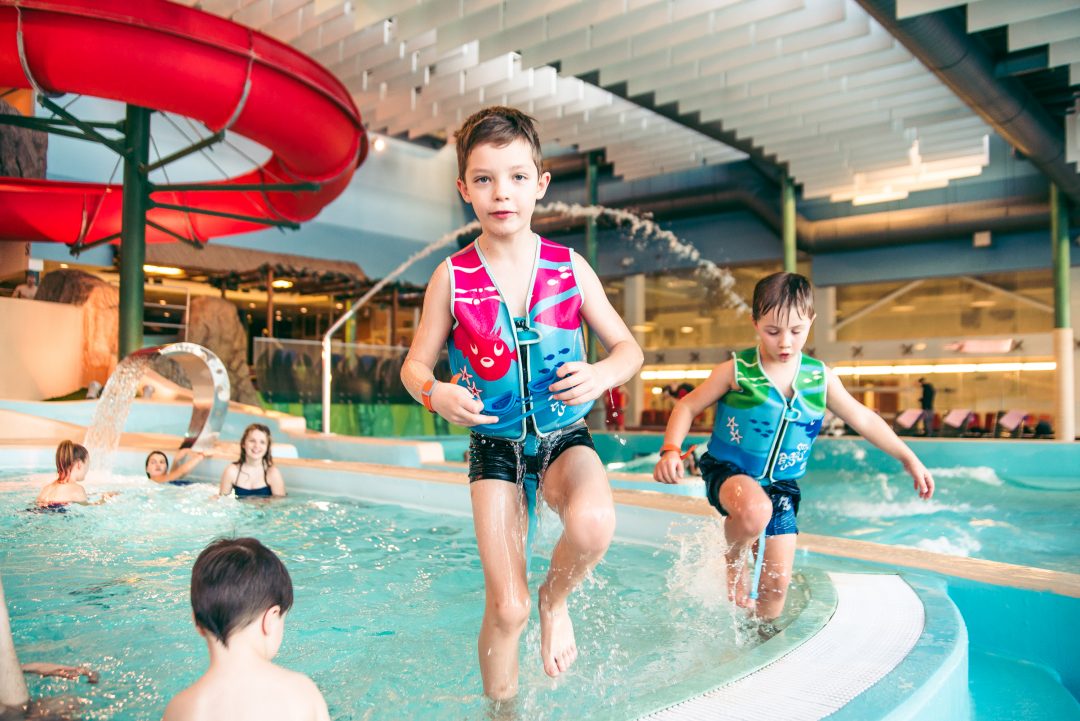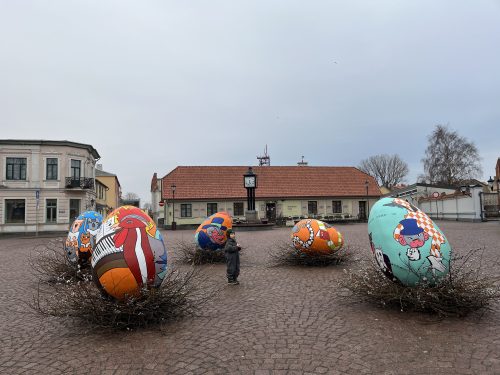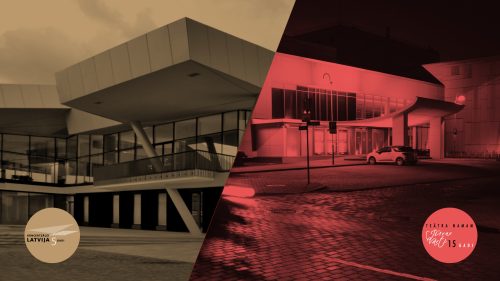In order to promote Latvia’s Livonian roots and Livonian heritage in the Latvian language, cultural space and landscape, the Livonian Institute of Latvia in collaboration with the Latvian National Commission for UNESCO and the Latvian National Centre for Culture declares 2023 as the Year of Livonian Heritage. The Ventspils Museum is also involved in the awareness-raising activities of the Livonian heritage and offers “excursions” to the fishing villages of the Livonian coast. This time to Košrags!
Košrags – Kuoštrõg
The Ventspils Seaside Open Air Museum still has the railway train Mazbānītis, which was an important means of transport for the people of the Livonian fishing villages in the past. This time we are going to Košrags.
There was no railway station in Košrags, so if you were coming from Ventspils, you would have to get off at Mazirbe. Then you would have to walk about 4 kilometres to Kolka.
Košrags is considered to be the youngest of the Livonian coast villages, dating back to the 17th century, but it is here that the historical buildings are best preserved, which is why Košrags is a national urban monument.
The oldest homesteads in the village are “Anduļi”, “Žoki”, “Kinne Dīķi”, “Tillemači”, known to have 74 inhabitants in 1826. These ancient dwellings have been preserved to the present day and form the central part of the village.
In the 1920s and 1930s, the village was supplemented by fishermen’s farms, and in 1935 there were 19 farms in Košrags with 115 inhabitants, 42 of whom were Livonians. In the small village of Košrags, more than in other villages on the seafront, farms have Livonian names: “Vāldamō” – Baltzemes, “Ālabi” – Vītoli, “Kūvali” – Mēness gaisma, “Eļmi” – Dzintari, “Virgõs” -Atmodas, “Nūorpiedagi” – Jaunpriedes.
Village Record
In the middle of the 19th century, the first reading school for Livonian children in Dundaga seaside villages was operating in “Žoki” in Košrags, while “Anduļi” has more recorded examples of Livonian folklore than any other Livonian homestead. Estonian folklorist Oskar Loorits wrote in his review of the results of the collection of Livonian folklore: “The record is held by the small village of Košrags, where I collected the most folklore in the whole seaside – ten times more than in Kolka. Košrags Kūkiņi (Anduļi) is the place where more folklore has been written on paper than in any other Livonian room.” The main speakers of the Livonian language in Košrags were the Skadiņš family – Andrejs and Ģērde, Grieta and Jānis, as well as Augusts. They knew the Livonian folk songs, tales and legends well.
The Harbour is Built
1932. In 1932, under the leadership of the energetic owner of “Nūorpiedagi”, Didriķis Volganskis (1884-1968), an unusual project was implemented in Košrags – the construction of a harbour. The idea was simple: to build a sea defence dam, diverting the sea current so that there would be a depth on one side of the dam to create a small harbour. This would bring boats closer to shore, shelter them from storms and make it easier to pull them ashore. The dam was designed by D.Volganskis. The dam was 100 metres long and 2 metres wide, made of glued wooden piles.
In 1938, under the direction of D.Volganskis, a jetty was also built in Košrags for the collection of marine manure (mud).
D. Volganskis was a fisherman, boat builder, Livonian social worker, one of the founders of the Livonian Union (Līvõd Īt) and its chairman from 1933 to 1936.
In 1928 and 1933, Volganskis travelled around Finland as a representative of the Livonians, where he spoke about the Livonians at events. In the 1930s, he also organised visits by Livonian singers to Saaremaa, and invited Estonian and Finnish singers to singing festivals in Mazirbe.
D.Volganskis was also active in the Lionian monthly edition of “Līvli”. It published his stories about the life of fishermen, the activities of the Livonian Union, festivals and other current events, as well as some poems in the Livonian language. He also published in the Latvian press – “Ventas Balss”, “Zvejnieku Vēstnesis” and other publications.
Interrupted Plans
D. Volganskis’ son Edgars Vālgamā (1912-2003) was the only Livonian who obtained higher theological education. He received his first education at Mazirbe Primary School, then at Ventspils Gymnasium, from which he graduated in 1932. . With the support of the Union of Finnishness, he was able to continue his education at the University of Helsinki. He chose theology because he had been brought up in a religious spirit at home and had hoped to serve as a pastor in seaside villages when he returned home after his studies. He finished his studies in 1939, and the sad events of the autumn in the Baltics and the tragic fate of his brothers made him decide to stay in Finland and become a Finnish citizen. 1943. In November 1943, the pastor had the opportunity to hold a church service in the Mazirbe Church, but the next time was only 46 years later, in 1989, when the 50th anniversary of the Livonian People’s House was celebrated.
Throughout his life, Valgamā was active in the field of Livonian culture in Finland, alongside his pastoral work, and promoted cultural relations between Latvia and Finland. He translated Andrejs Pumpurs’ epic poem “Lāčplēsis” (“Karhunkaataja”) into Finnish, which was published in Helsinki in 1988. In 2001, Valkoisen hieken kansa (“The People of the White Sands”), a book about the Livonians in Finnish by E.Vālgamā, was published in Finland. In 2001, Valkoisen hieken kansa (“The People of the White Sands”), a book about the Livonians in Finnish by E.Vālgamā, was published in Finland.
This is the end of the story of Košrags: “Nēmiz pǟl! (in Livonian – see you later!)” until the next “excursion”, when we will visit Pitrags!
Literature used: Baiba Šuvcāne Lībiešu krasts and Lībiešu krasta stāsti, Valda Marija Šuvcāne Lībiešu ciems, kura vairs nav, Ingrīda Štrumfa Ventspils grāmata II, Vilis Veldre Dzīve pie jūras, Lībiešu gadagrāmata 2023, website livones.net.
